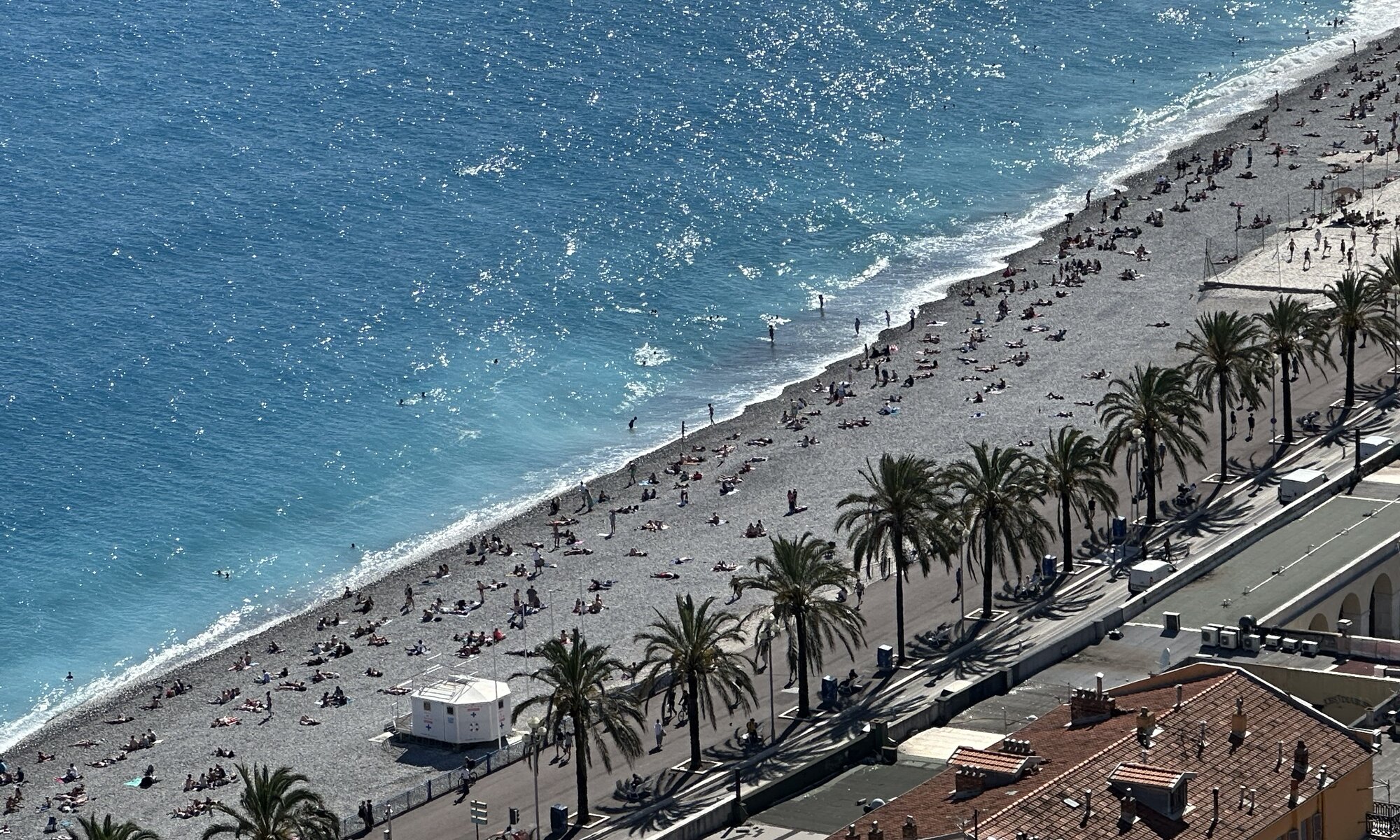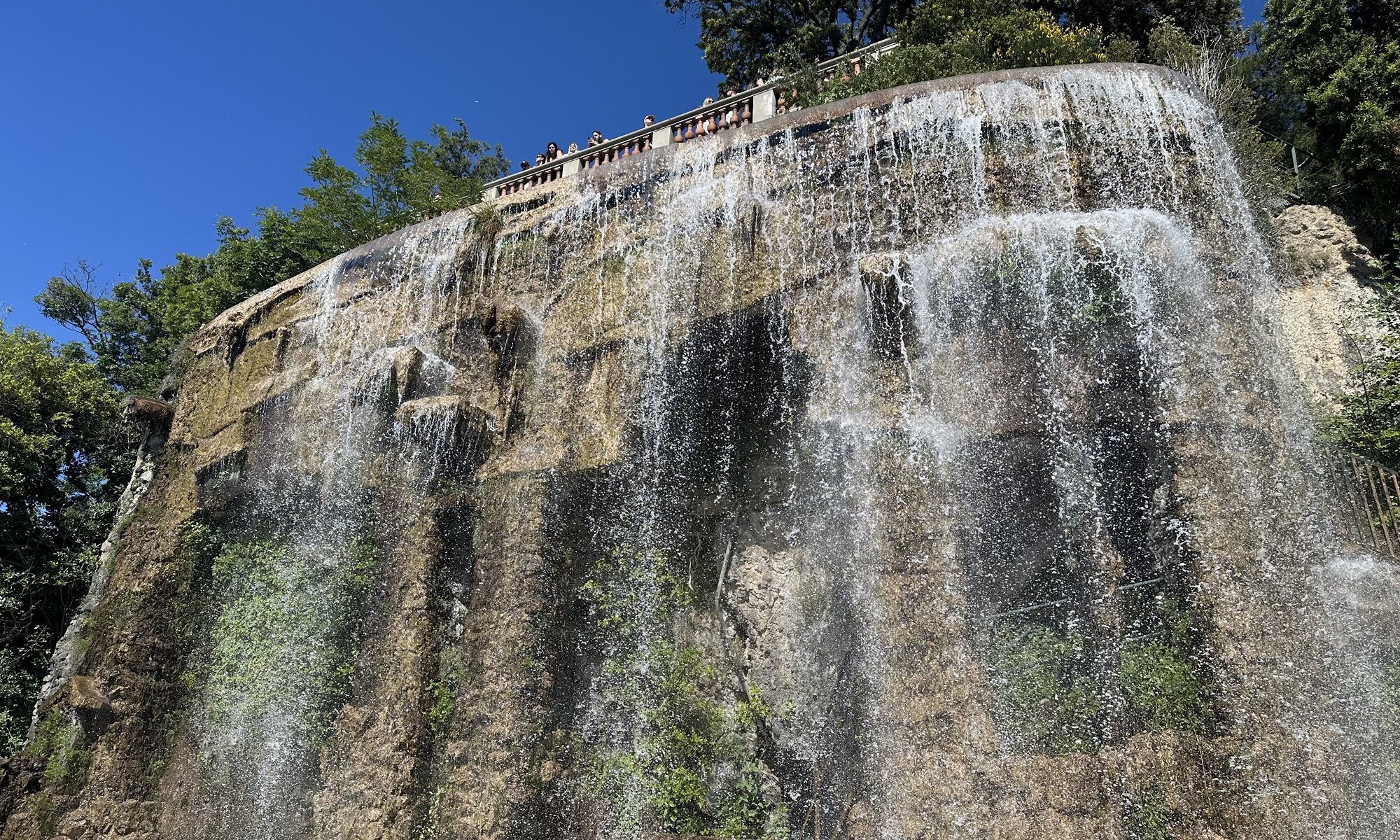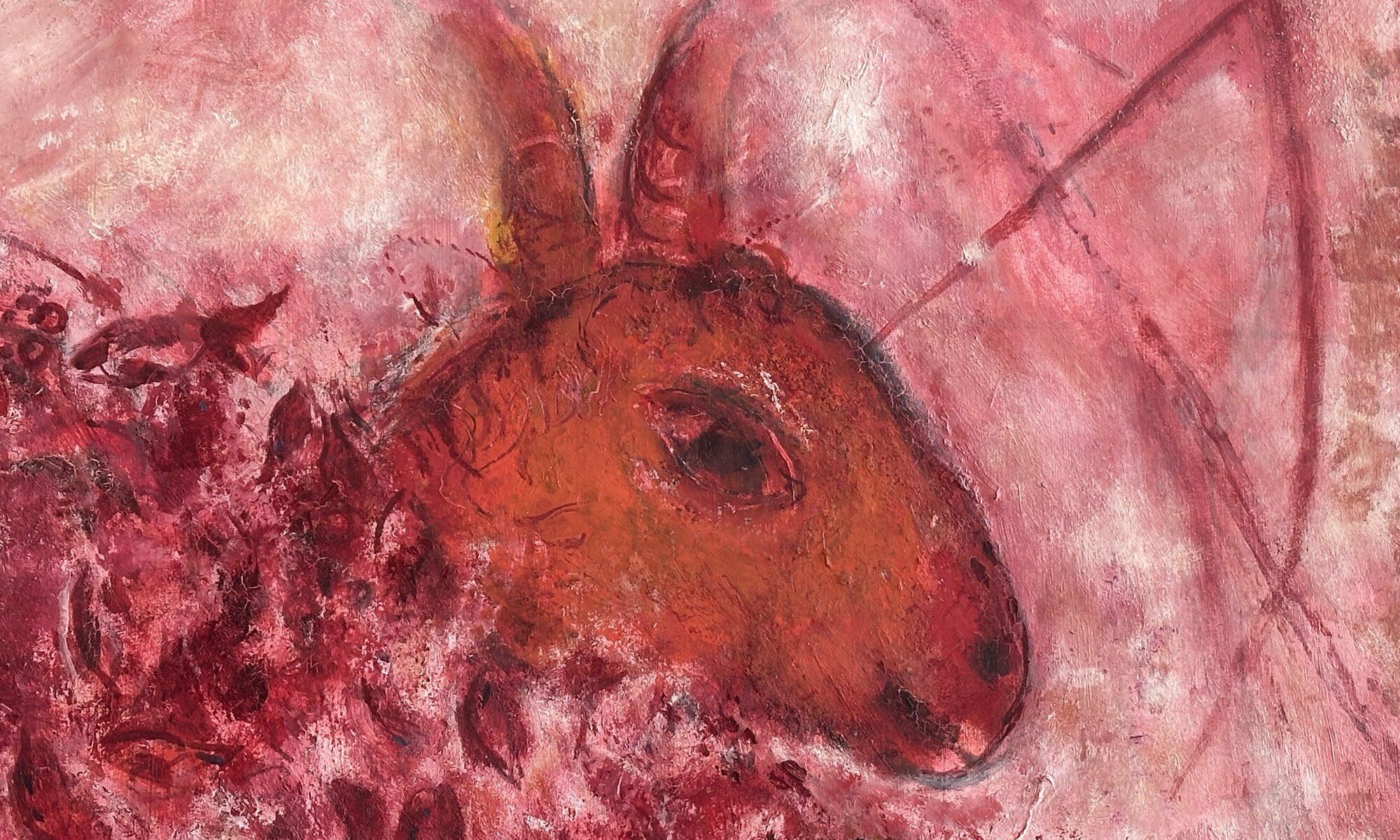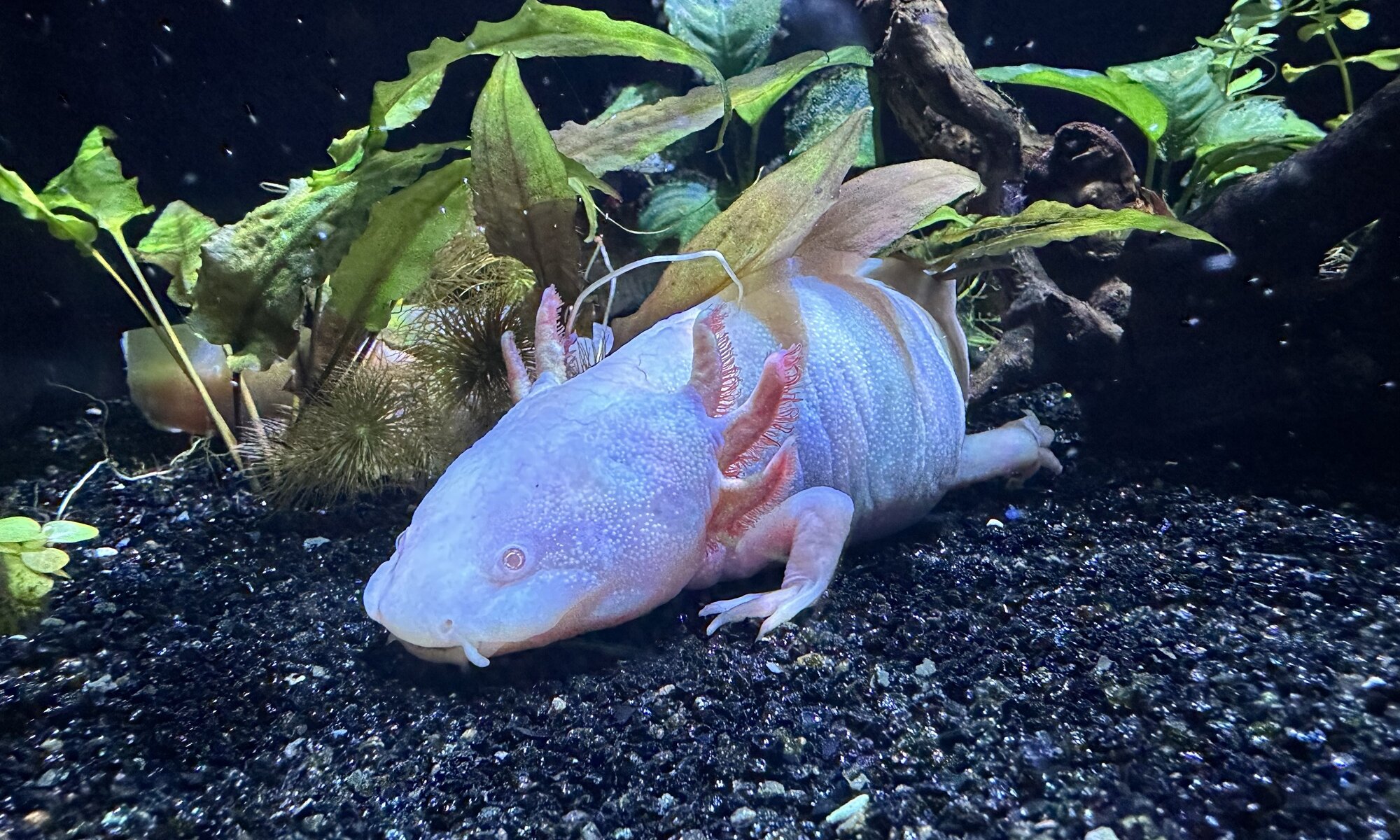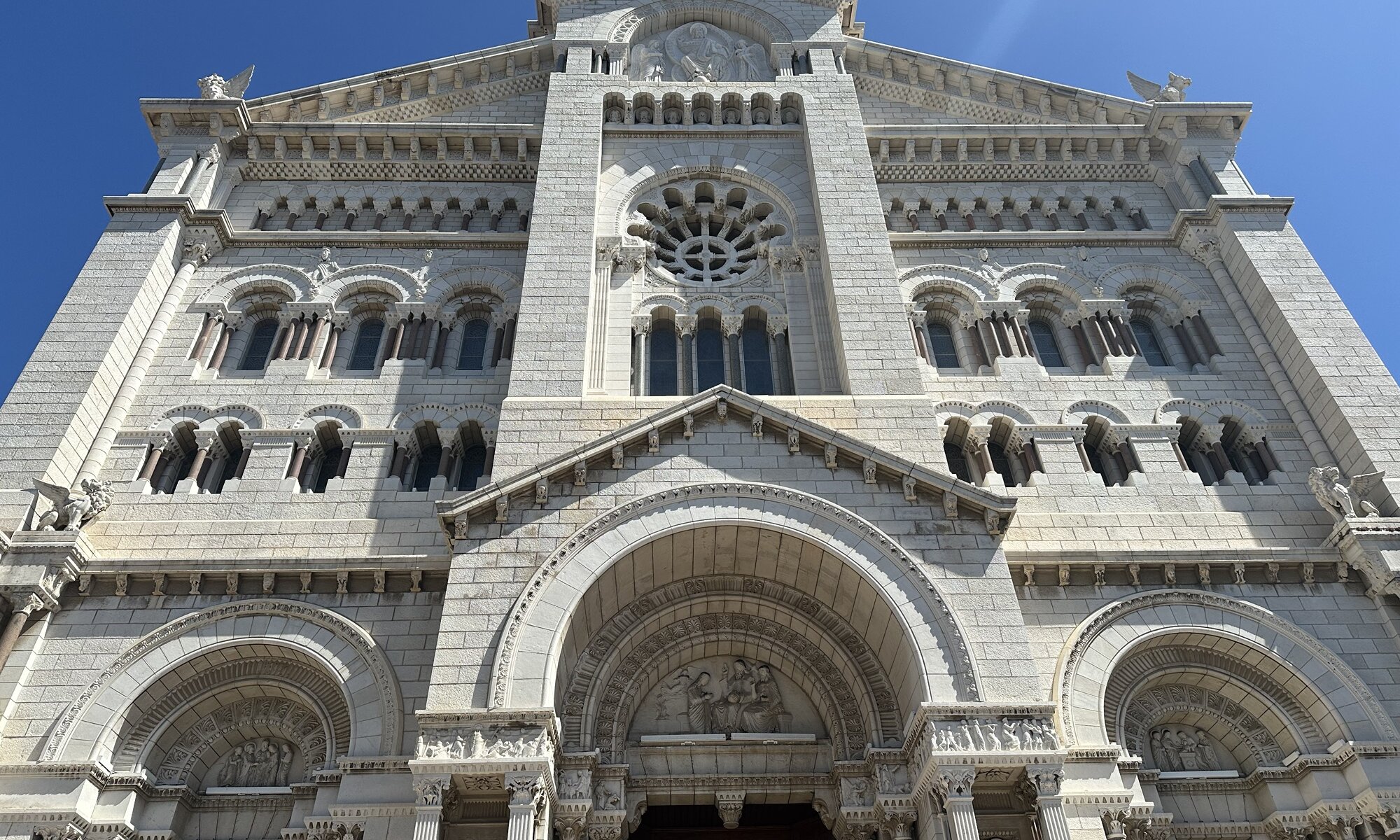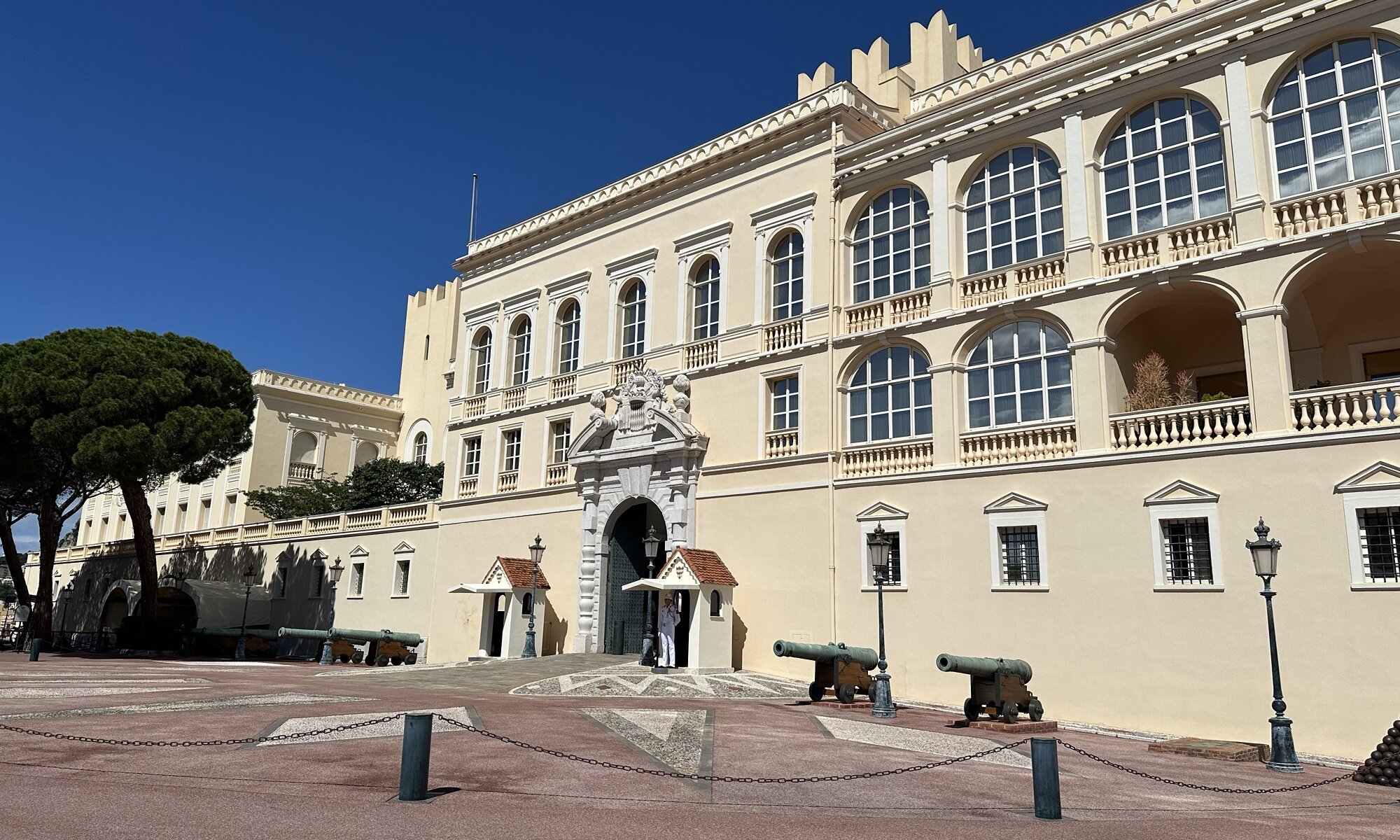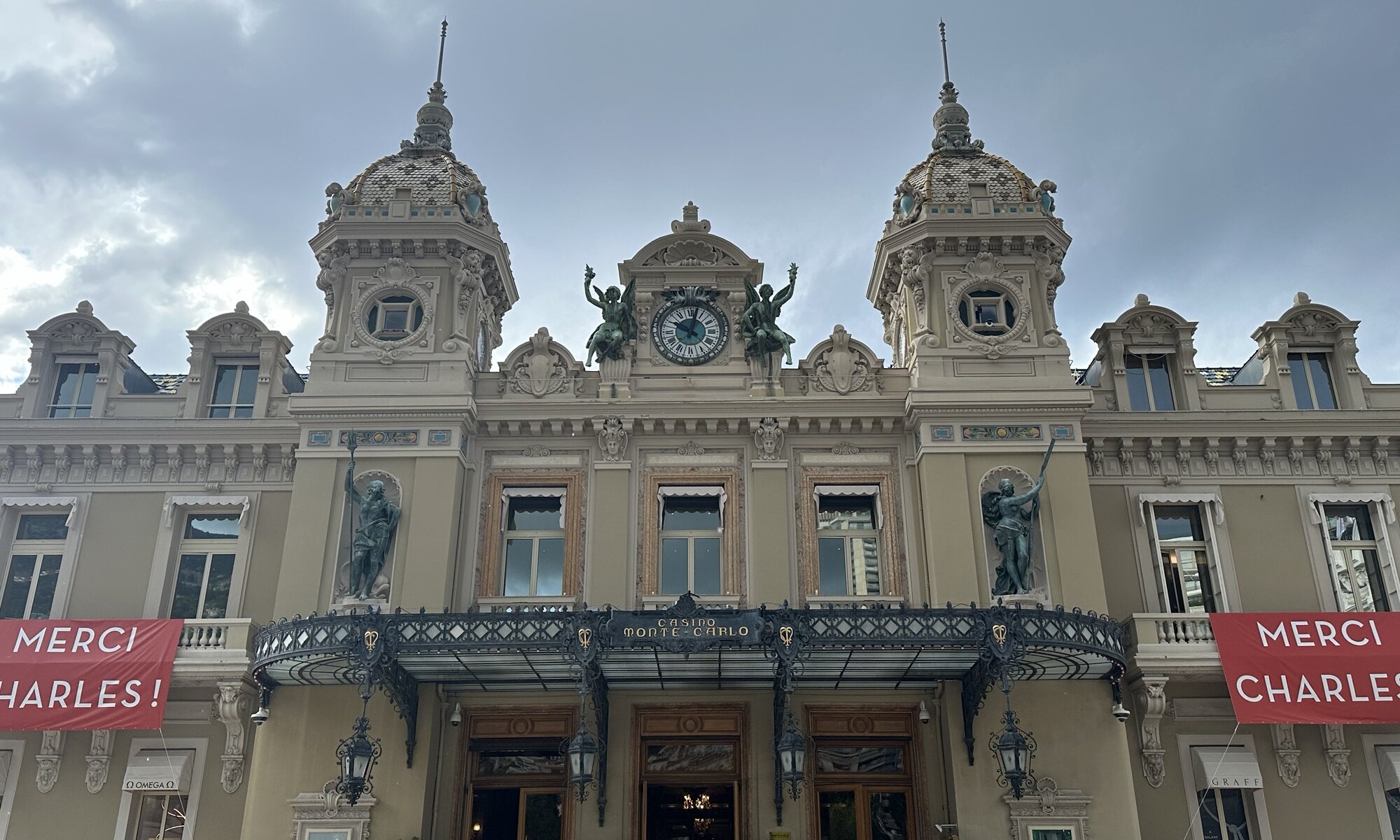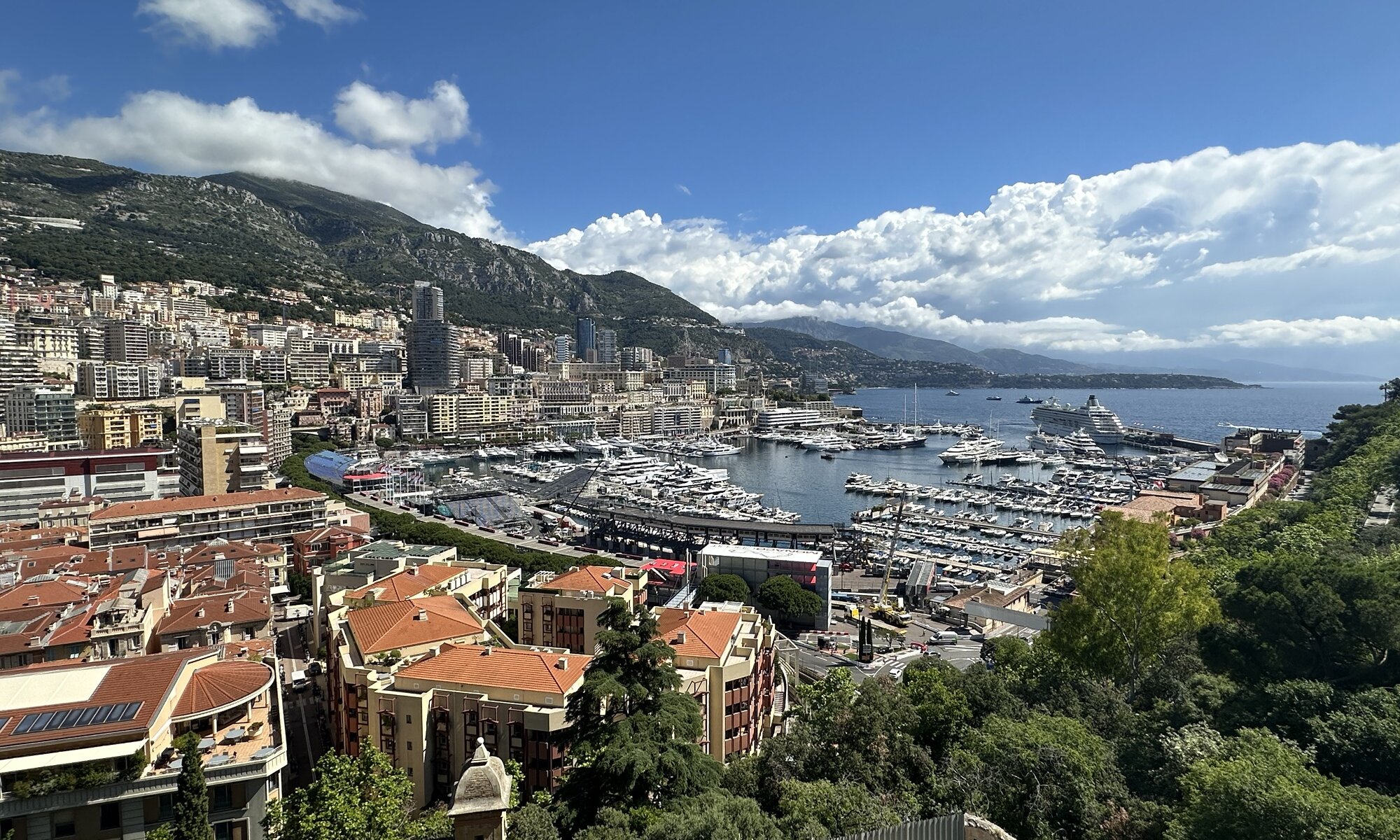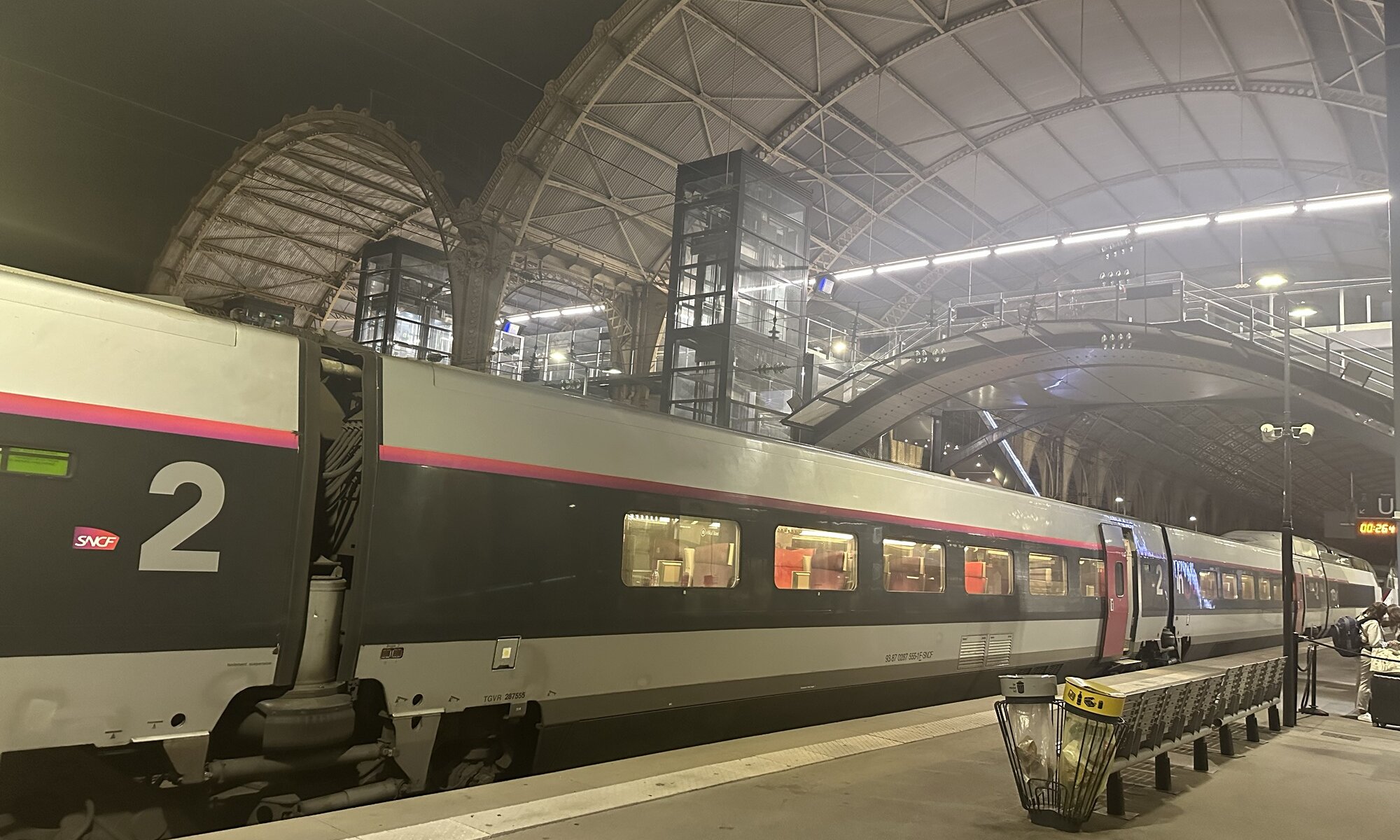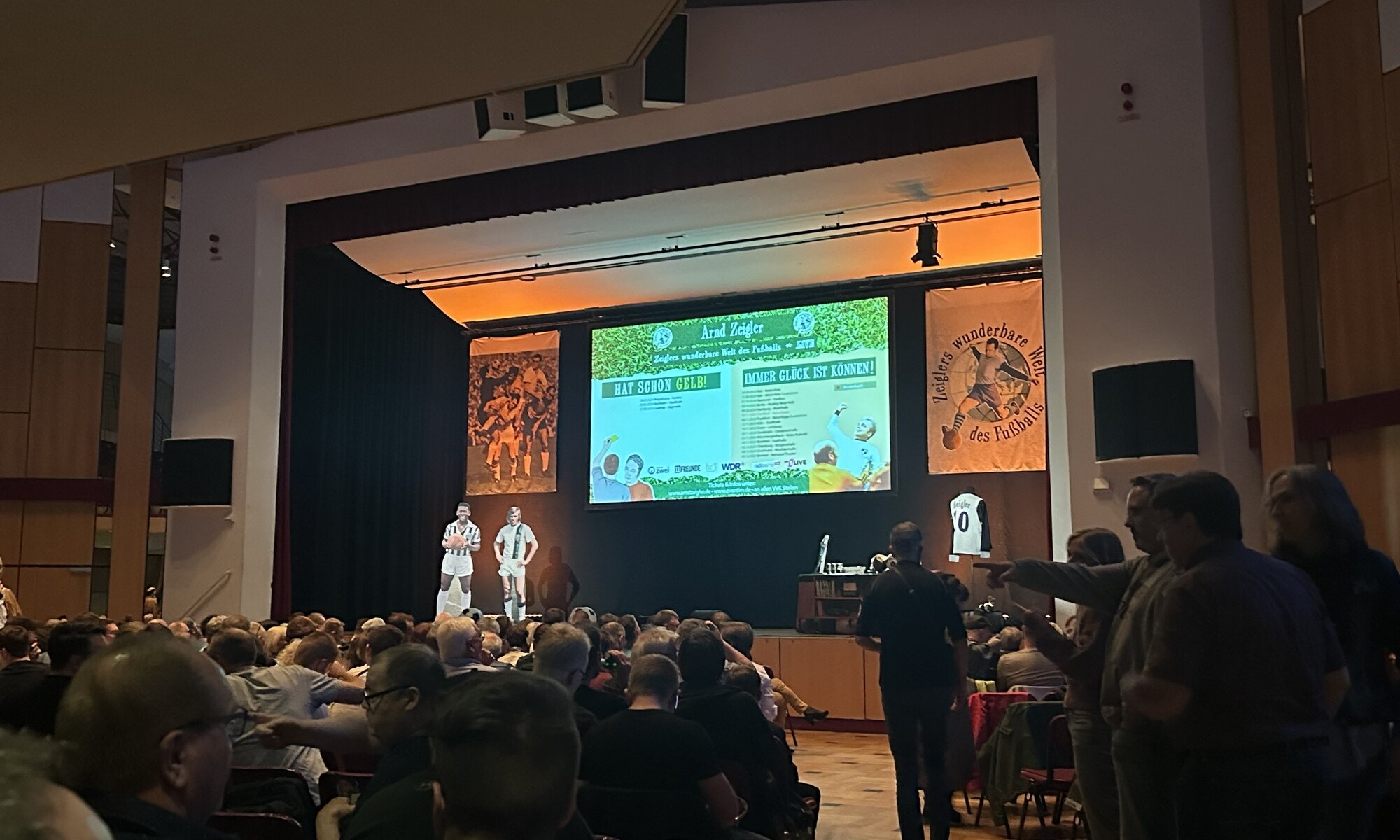One of the best features of Nice is for sure the Promenade des Anglais, the walkway between the beach and the beautiful old city center. It is seven kilometers long and named after the English that started in the second half of the 18th century to spend their winters at the Côte d’Azur. Everyday people are strolling along the shore, having a bath at the pebble beach, playing pétanque or enjoying a drink in one of the many bars. The beach is by the way partly public and in some sections commercialized giving you the choice to either have free access or to enjoy sun loungers and bars directly at the water.
Continue reading “Promenade des Anglais”Colline du Château
Already had your daily dose of sports? If not, it could be the time to climb up to the Parc de la Colline du Château on a 90 meters high rock above Nice. Walk to the east end of the beach where you’ll find the steps up to the Tour Bellanda from which you’ll have amazing views on the beach of Nice. Continue further up the hill, through parts of the former fortification to the park and from there continue to the Belvédère du Château with a great panorama of the city and an artificial waterfall underneath.
Continue reading “Colline du Château”Goats
Marc Chagall was a Russian-French painter born in Witebsk that today belongs to Belarus. He was travelling much and living at St. Petersburg, Paris, Berlin; in Mexico and the USA. He is seen as an expressionist and you can easily recognize his works because of his special colorful style and the symbols he continuously uses; elements coming from his hometown, the circus world and the bible. One of these is the goat that you can discover in many of his works, sometimes just as a tiny additional element, sometimes in focus playing the violin.
Continue reading “Goats”Musée Océanographique
What’s the most beautiful building at Monaco? The Cathédrale Notre-Dame-Immaculée, the Palais Princier or the Casino de Monte-Carlo? They’re all examples of beautiful architecture but I would rather nominate the Musée Océanographique, a historic museum building standing tall at the shore, high above the water in the city center of Monaco. It was created in 1889 by Albert I. of Monaco and inaugurated in 1910 in the presence of his German friend Wilhelm II.
Continue reading “Musée Océanographique”Gracia Patricia
On the rock that hosts the historic old town of Monaco you can find the main church of the country, the cathedral Notre-Dame-Immaculée. It is located between the Palais Princier and the Musée Océanographique; the wonderful Jardins Saint-Martin begin directly next to it. The church is the burial site of the Grimaldi family reigning Monaco – rulers of the country during the last 500 years have found their final rest here. The current church itself was built from the year 1875 on the walls of an earlier church building and was inaugurated in 1911.
Continue reading “Gracia Patricia”Palais Princier
When you walk on foot up to the rock (le Rocher) hosting the old city center of Monaco you’ll pass the stone walls and through the ancient city gate – after that you’re standing directly in front of the Palais Princier de Monaco, the seat of the sovereign prince. The oldest parts of the home of the Grimaldi family date back to the year 1191 when this place was a fortress of the Republic of Genoa. Since 1520 it has evolved into a royal palace with all amenities and a changing of the guard ceremony every day at 11:55.
Continue reading “Palais Princier”Monte-Carlo
It is just a city quarter of Monaco, but Monte-Carlo (or Munte-Carlu in local language) is very well known: for the Rallye Automobile de Monte-Carlo but especially for the famous casino. The Casino de Monte Carlo building surrounded by a park high above Port Hercule dates back to the year 1858 and even if you’ve never been there you’ve probably seen it before: in James Bond movies like Casino Royale (2006), Golden Eye (1995) or Never Say Never Again (1983). Getting into it is rather cheap (17 Euros) – but you need to wear a suite and a tie.
Continue reading “Monte-Carlo”Pit Stop
Every year the eyes of the world turn to Monaco for the Formula 1 Grand Prix when the fast cars race through the narrow streets of the city and pass along the Casino as well as the Port Hercule. But Monaco as one of those microstates in Europe, fully surrounded by France, is always worth a visit. It is reigned by prince Albert II, became independent from France in 1489, has 40,000 inhabitants (thereof 8,000 citizens) and can be considered one of the safest places in the world with one policeman and -woman per inhabitant.
Continue reading “Pit Stop”Respectueux du climat
When I had given myself the mission to visit my hitherto unseen European microstates (Liechtenstein, Monaco, San Marino and Andorra) I immediately thought that this should be possible in an eco-friendly manner. Reaching Liechtenstein with Deutsche Bahn and SNCF was hassle-free, but the trip to Monaco was a very long one with many things that could go wrong. I tried it anyway.
Continue reading “Respectueux du climat”Basement
German cities need to have a Stadthalle, an event hall for concerts and other cultural events. People in smaller towns often have a special connection to these places as they go there multiple times in live and especially graduation ceremonies take place within. This also true for the Stadthalle of Northeim in southern Lower Saxony – their local pearl was build in the 90s gives space for up to 700 spectators.
Continue reading “Basement”
